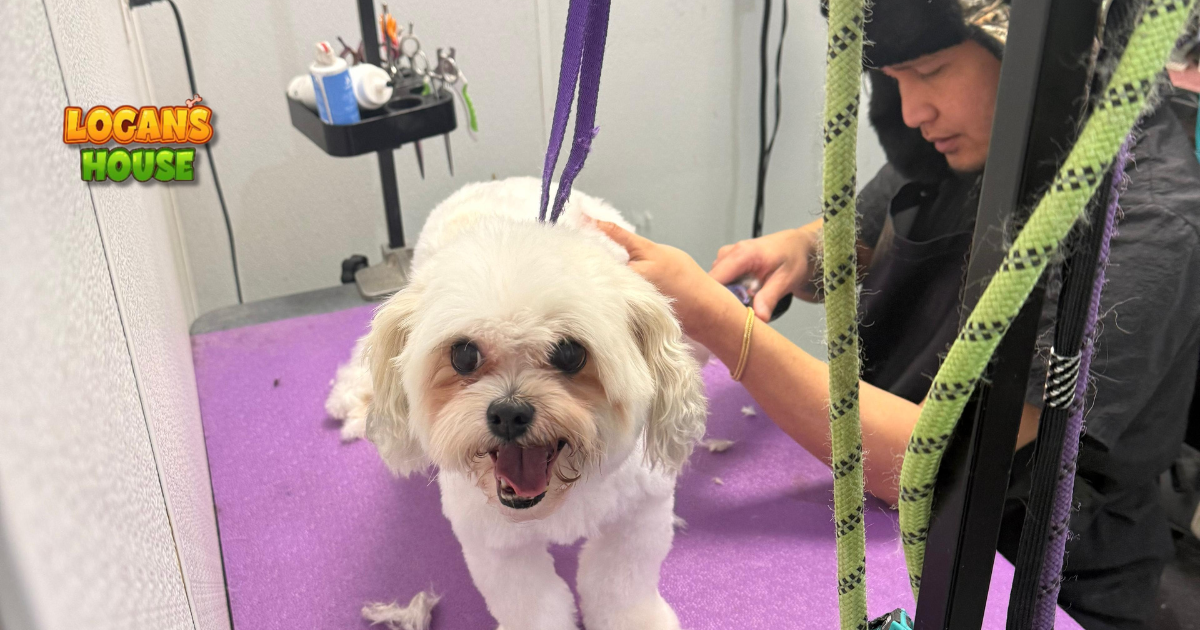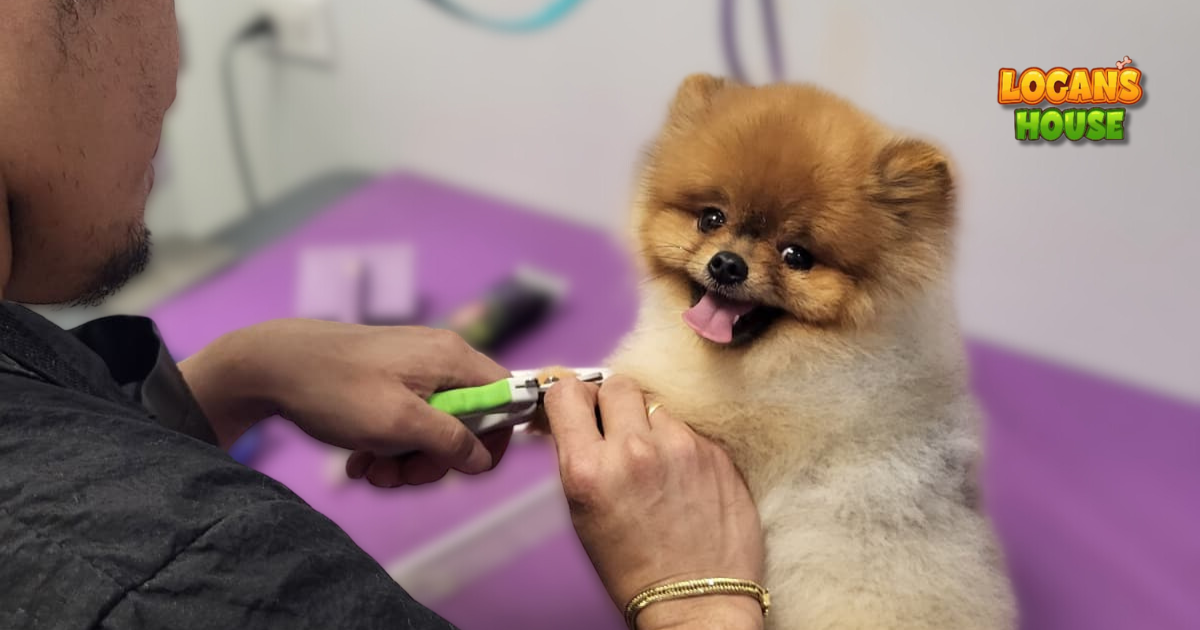The Secret Language of Your Dog: What Their Body Is Telling You
May 15, 2025

Dogs may not speak our language, but they’re constantly talking to us—through body language, facial expressions, and subtle behaviors. Learning to read these cues is one of the most powerful ways to strengthen your relationship with your pup. Whether it’s a tail wag, a head tilt, or a gentle paw nudge, your dog is always communicating. The more fluent you become in their silent language, the more you’ll be able to respond to their emotional and physical needs.
Let’s start with one of the most misunderstood signals: the wagging tail. While many assume a wagging tail always means a happy dog, the truth is more nuanced. A low, sweeping wag often indicates calm contentment, while a fast, high wag—especially if the tail is stiff—can be a sign of high arousal or agitation. If the tail is tucked between the legs, your dog may be feeling fearful or insecure. Context is key: look at the whole body, not just the tail, to interpret what your dog is really feeling.
Ears are another expressive part of your dog’s toolkit. Upright and forward-pointing ears typically show curiosity or alertness, especially when they’re tuning into a sound or focusing on a new person or animal. Flattened or pinned-back ears can indicate stress, submission, or fear. Breeds with floppy ears may show these cues more subtly, but you’ll still notice changes in muscle tension and position if you pay close attention. Combine this with eye contact—wide eyes may suggest surprise or fear, while soft, half-closed eyes often indicate trust and relaxation.
Posture and movement also tell an important story. A loose, bouncy gait and “wiggly” body usually show a dog who feels safe and happy. On the other hand, a dog standing rigidly, with muscles tense and body leaning forward, may be feeling defensive or threatened. If your dog is crouching, turning their head away, or slowly backing up, they’re trying to disengage—these are signs of discomfort or anxiety. Repetitive behaviors like paw licking, yawning, or lip licking can sometimes be mistaken for random habits, but they’re often signs of stress, especially when paired with a tense body.
Reading your dog’s body language can also help you prevent or manage challenging situations. At Logan’s House, we see this daily—especially during grooming or daycare transitions. A dog that stiffens up when approached with clippers might not be being "bad"—they may just be nervous. By watching for early signs of unease, we can adjust our approach with patience and care, helping the dog feel more secure. This kind of understanding builds trust and makes every experience—whether it’s bath time or playtime—more enjoyable for your pup.
Ultimately, every dog is an individual. Just like people, they have their own personalities, sensitivities, and preferences. Spend time observing your pup in a variety of situations: at home, on walks, meeting new people or other dogs. You’ll begin to see patterns in their responses and learn how to support them better. When you learn your dog’s language, you show them they’re heard—and in return, they give you the kind of loyal love only a dog can offer.









